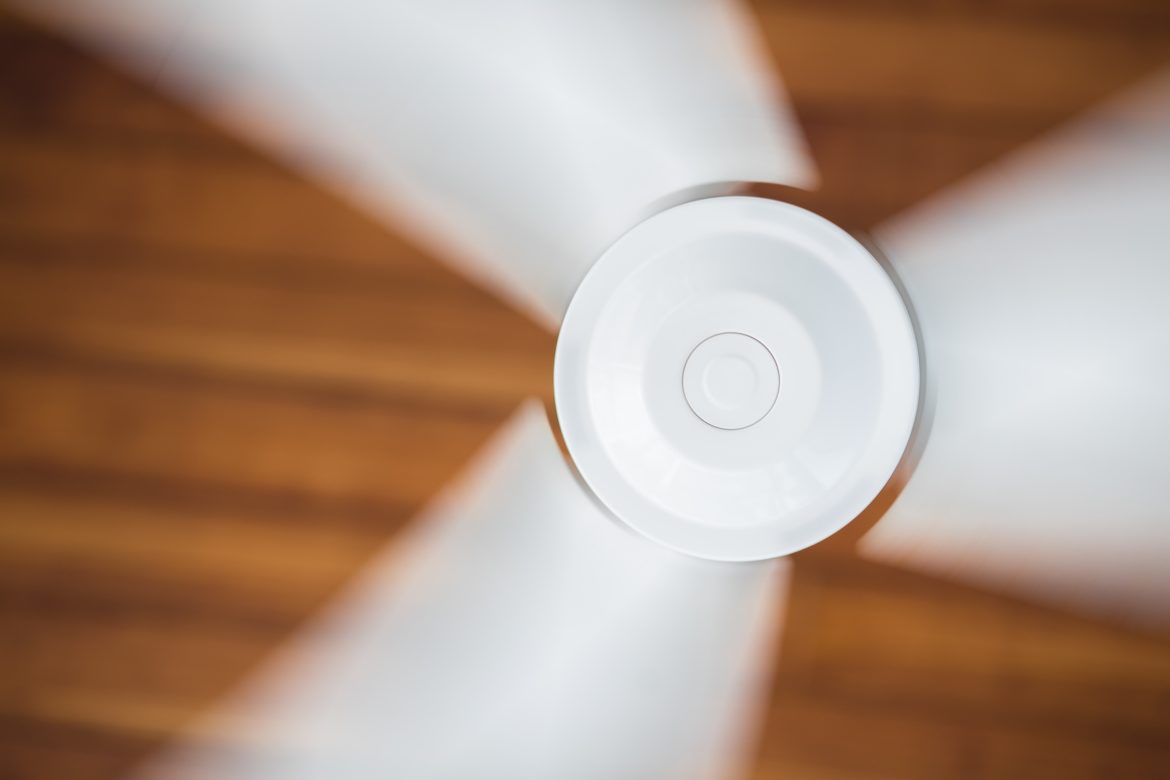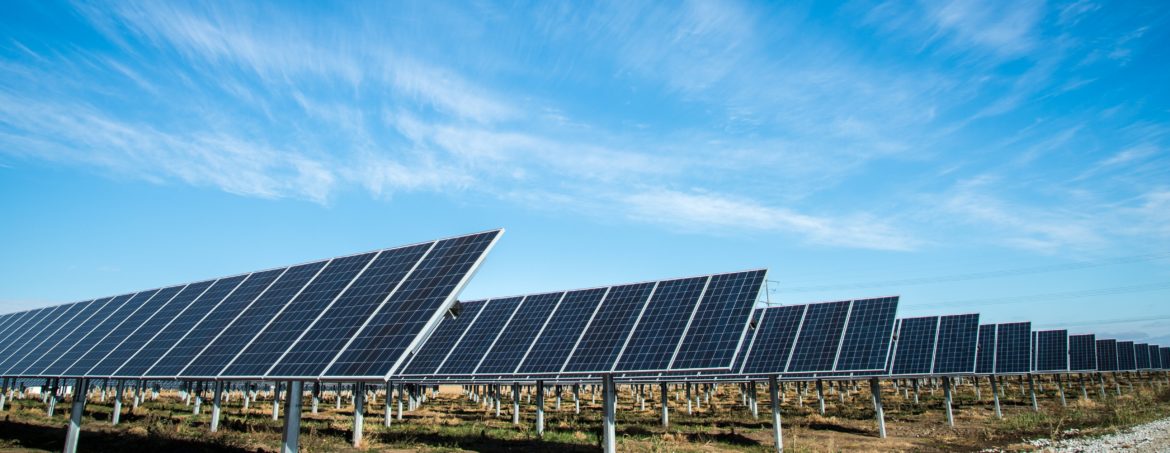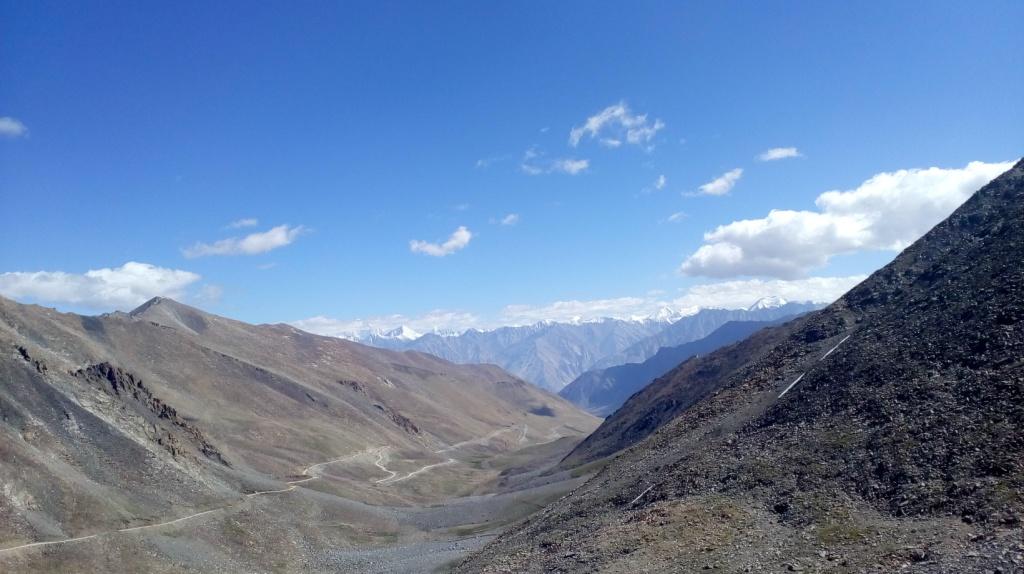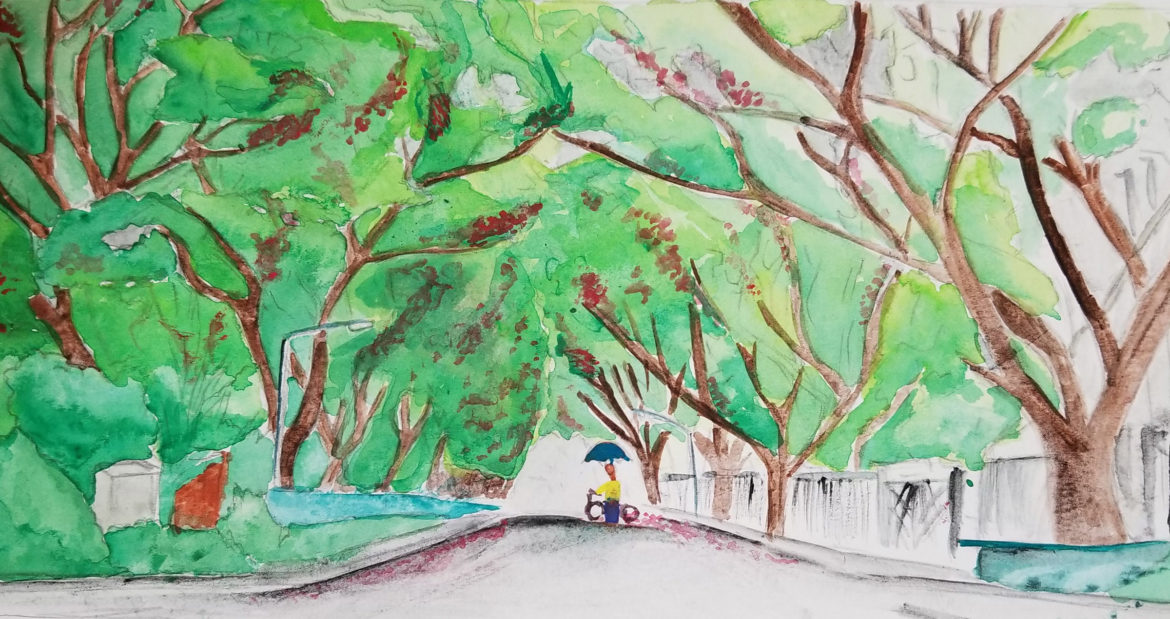With irregular power cuts, soaring bills, and rampant climate change, the road ahead to make India 100% energy efficient is full of potholes and roadblocks. While the government is prioritizing energy conservation, India is currently the third largest emitter of greenhouse gases after the US and China, making it most vulnerable to climate change. It is high time now that we take ownership and do our part in order to save our climate by creating fully energy efficient industries and homes. Wondering where to begin? Using energy efficient appliances and electronics is one of the first steps you can take in this direction. Using energy-efficient appliances and electronics can dramatically reduce the energy demand in homes and offices alike.
Current Issue
For most of us living a modern lifestyle “roti, kapda aur makaan” is not enough anymore. We need “bijli” in equal measure. In fact, I’d wager, if we had to choose between “eating when very hungry” or “recharging when the battery is dying”, many will choose the latter.
I grew up in north India and vividly remember studying in candlelight because of the frequent power cuts. Many years later, it’s still a problem in many parts of the country, though lesser. So naturally, it seemed like a problem worth solving. That, combined with the desire to accelerate the adoption of sustainable living, gave me the inspiration to start Oorjan in 2015 — a startup in the solar energy. What a ride it has been!
Energy efficiency measures are tools and techniques used to reduce the total amount of energy consumption in any operation. Reducing consumption for same service is one of the best ways to have an energy and carbon impact, although not as much talked about as other clean technologies.
An average household in India consumes approximately 1000 KWH of electricity per year. Total industrial consumption of electricity in India is approx. 425000 GWH per year. Despite a continuous improvements shown in energy efficiency by taking various conventional measures in the past, industry still has an opportunity to reduce energy consumption by 15% in next 5 years.
Distributed solar energy refers to utilizing the residential and industrial rooftop space to produce electricity from solar PV panels. Some of the advantages of using rooftop solar include minimizing the cost of land and additional transmission capacity and saving on the transmission and distribution losses, which could be as high as 30% for traditional power plants. India is in a transformational phase for solar rooftop, where the focus is on building capacity and raising awareness about the advantages. With the declining prices of PV modules, solar rooftop electricity has become much cheaper than commercial and in some states, it is also cheaper than residential electricity.
If you live in India, chances are you would have thought/ experienced air pollution, noise pollution and, of course, congestion in your daily life. And if you are in Delhi NCR, you would have all of this in your face. If you happen to be in running half or full marathons like I do, you would crave for breath of fresh air. Back in 2015, I started thinking on Electric Vehicles and why it’s a no brainer given the pollution, congestion and not to mention a massive energy security risk (we import 90% of our crude oil consumption). So why were EV’s not becoming mainstream in India?
India is the fourth largest automobile market in the world, with about 200 million on-road vehicles. By 2030, an additional 400 million customers will need mobility solutions. Everyday traffic is joined by new cars, running on expensive imported fuel and cluttering already overcrowded cities, which suffer from infrastructure bottlenecks and intense air pollution. This situation demands a transportation revolution in the country and electric mobility will be at the centre of it.
With a wry, half smile he said,
“यहाँ कोई टेन्शन नही है, सब टेन्शन ट्रैनिंग में खतम हो गया.”
I was talking to a Jawan in the Indian Army posted at a border post in Batalic sector. Mind you, this is one of the posts at the border of Pakistan and India. Violation of ceasefire can take place any day, at any time of the day. Gun fires, grenades can hit you any time, nobody is certain of life at the next moment. And this guy was saying ‘No Tension’!!
“If I were not a physicist, I would probably be a musician. I often think in music. I live my daydreams in music. I see my life in terms of music.” ― Albert Einstein
Close your eyes for a minute and try to imagine a world without music. When I do that, life without music evokes in me visions of being forced to trudge through a dreary and endless desert under a scorching sun with no water and no food. Friedrich Nietzsche, the 19th-century German philosopher said “Without music, life would be a mistake”. Many centuries before him, Plato is quoted as saying “Music gives a soul to the universe, wings to the mind, flight to the imagination and life to everything.” And Khalil Gibran, the Lebanese-American poet and a contemporary of Nietzsche, wrote “Music is the language of the spirit. It opens the secret of life bringing peace, abolishing strife.”
September, 2018 – October, 2018
After a brief hiatus, the beehivers are back again with a new issue of Fundamatics. We bees have missed the warm, glorious sunshine during the damp monsoon months. So, we are quite happy to leave our hives and once again spread out our dampened wings under the reinvigorating touch of the warm, autumn sun. We are excited about putting the monotone of monsoon skies behind us and embracing a horizon that is bursting with new colours and along with it new possibilities. The vibrant color palette is redolent of revelries that lie ahead.
We are also feeling slightly overwhelmed, at how time has slipped between our wings. Yes, the year is well on its way out. We will soon need to turn the hourglass for a fresh start. Now is the time to revaluate, to re-engage in a flurry of activity and share myriad pieces with you. Adieu, rain winds. Welcome, glorious clear skies, fresh flowers and new pots of honey.









